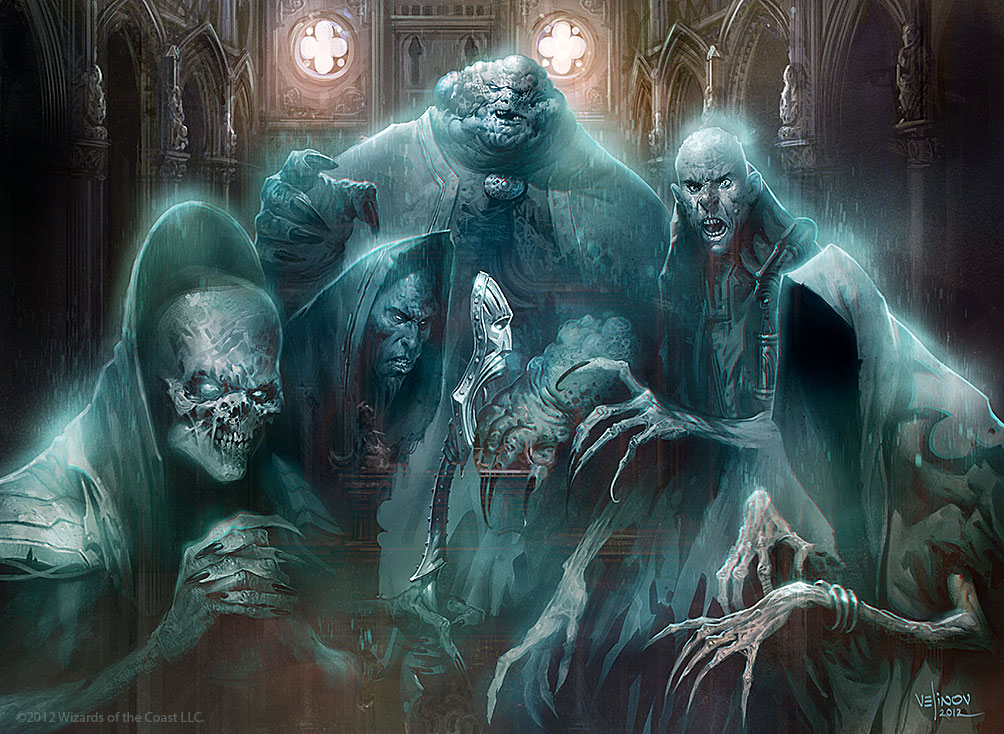Its time again to watch stars with glamour and shine walk on the red carpet. Crisp tuxedos, beautiful gowns, and gleaming smiles approach the red carpet with anticipation of what is yet to come.
Highly visible Human Resource professionals work diligently day in and day out balancing the needs of employer and employees. Unlike celebrities, we do not have stunt body doubles to substitute us when things get tough. We know that alone is not a notable star like acknowledgment. However, there are red carpet moments that HR could capture even in this difficult climate that can create C-Suite fans.
Here are five ways to create red carpet moments:
1. Performance Improvement
The great recession changed the rules. What was once profitable, became minimal. Customers became scarce. The status quo brought a fight for viability and a demand to think differently about not only product and service development but also in controlling costs.
Performance improvement is not just about doing better on an evaluation form. The red carpet moment is when we can effectively compel a workforce to become more efficient and productive. It is having an impact on business results such as profitability, productivity or quality through inspiring the workforce.
2. Talent Engagement
The word “talent” is overused when it becomes a meaningless label and we can’t describe what the ideal individual or team we need. If your business is overcome with challenges, take a minute and evaluate what is the ideal team member. Review if you have those ideal thinkers onboard. If you do, then pull out all the stops and engage them. Encourage them and cheer them on. If you don’t have these ideal people on board then take courage and change it.
The red carpet moment is when you can plan out how to recruit, retain and engage the ideal workforce to become problem solvers, customer influencers, and innovators.
3. Culture Management
An organization’s culture can make or break strategies. Most importantly if organizations are merging or needing to shift their differentiation strategy the culture needs to support versus derail the direction.
A red carpet moment is when the culture has been considered in strategic plans. Even better is when there is a deliberate plan to address culture issues prior to moving forward with change.
4. Workforce Planning
Understand what makes up your workforce. What? Don't you have time? Here’s the thing. If you are in an industry that is going through a transformation such as health care it is critical to understand your workforce demographics.
Even if you are not in the healthcare industry but are developing new service lines, new products or new delivery systems understanding whether your workforce can get you there, and having a plan, is a red carpet moment.
5. Business Development
This heading may seem surprising to be found in a human resource source. It shouldn’t be. Merger and acquisitions, business spin-offs or business creation all involve one common thread, people.
A red carpet moment is being able to get your head wrapped around all things business. Get yourself out of a pigeonhole box and stop internal thoughts such as, "I'm only in HR" or "That's not my job." Instead volunteer to work on projects outside of your standard role, ask questions or sit in cross-functional department meetings. When new business development events happen you will know how to step up and provide value to your organization.
Like the Golden Globe award, a strategic seat at the table is not demanded. It is earned.
Latest posts by Tresha Moreland (see all)
- Find Your Anchor In A Sea Of Fear - April 18, 2024
- Overcoming Career and Life Plateaus - April 13, 2024
- How HR Strategies Can Revitalize Customer Service Excellence Post-Pandemic - April 11, 2024














Truth is, many HR leaders focus on flavor of the month initiatives because they’re fun, get some good press, and make people feel good for a minute of two. It’s like watching a screwball comedy. You check your brain at the door, laugh a few times, and moments later forget you ever saw the movie. To implement what you outlined requires that leaders have a script (mission, values, goals) that rings true, players that know their roles, and a desire to create a lasting experience (like long-term results) instead of a one-time event (like improved profits for a quarter).
Information on this page was fun to read